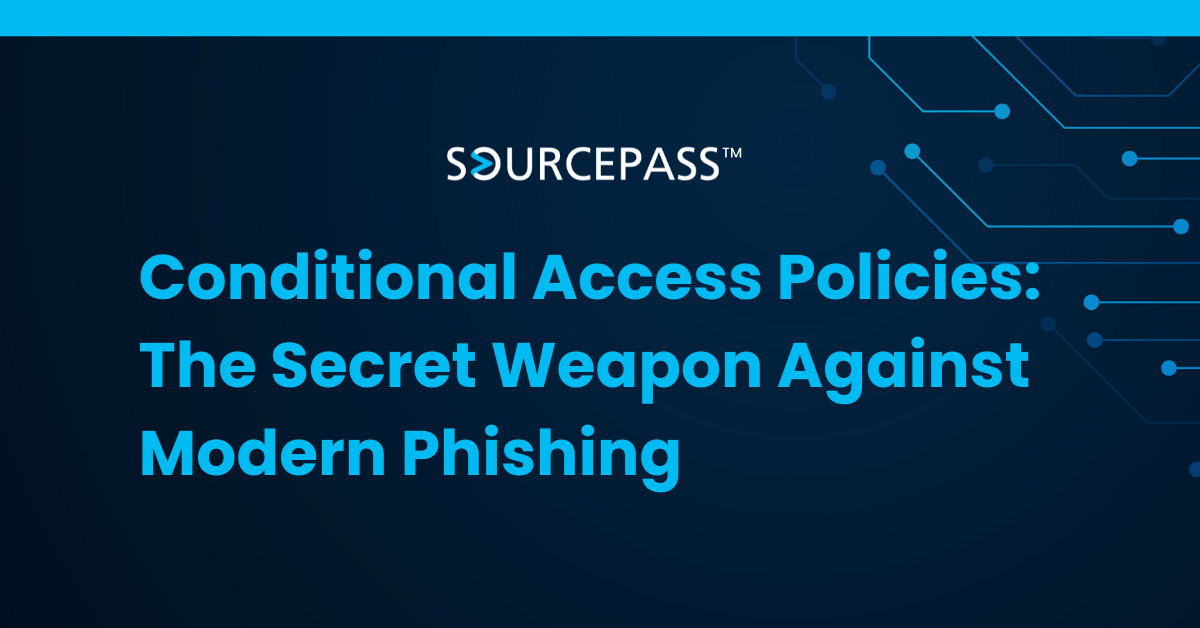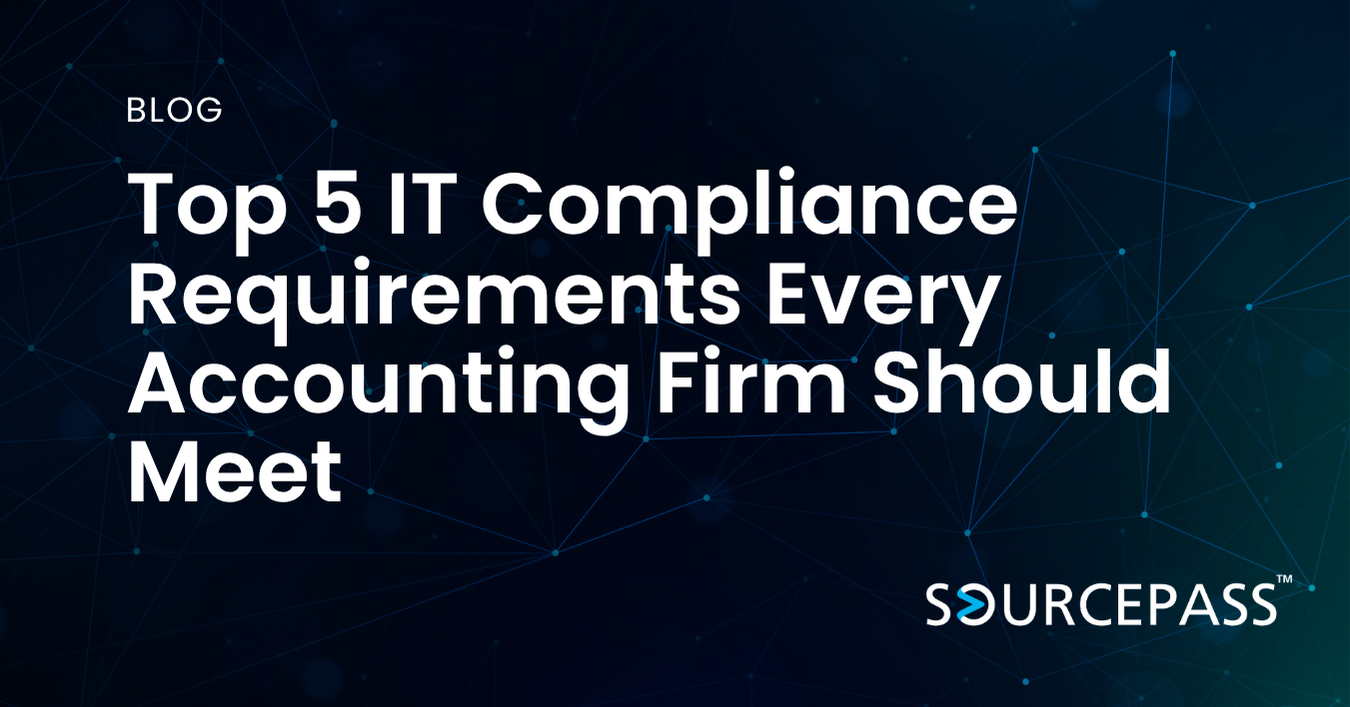Conditional Access Policies in Microsoft 365: Your Secret Weapon Against Modern Phishin
Aug 25, 2025 Alex Davis Security & Compliance | Cybersecurity 2 min read



Phishing attacks are evolving fast. Is your MFA strategy keeping up? Traditional security methods like passwords or SMS-based MFA are no longer enough. Microsoft 365 Conditional Access policies give organizations a powerful way to defend against phishing attempts by controlling access based on identity, device, location, and risk.
In this blog, you’ll learn how Conditional Access works, why it matters, and how to implement it effectively for your organization.
What Are Conditional Access Policies in Microsoft 365?
Conditional Access is a Microsoft 365 feature that enforces access controls based on defined conditions like:
-
Who the user is
-
What device they're using
-
Where they’re signing in from
-
Real-time risk signals from Microsoft Defender
This means you can block or restrict access unless the user meets specific criteria—ensuring only trusted users and secure devices access your environment.
Why Is Conditional Access Important for Phishing Defense?
Modern phishing attacks now bypass traditional MFA using:
-
Token theft (e.g., stealing session cookies)
-
Real-time phishing kits that intercept MFA codes
-
Session hijacking after legitimate login
Conditional Access stops this by:
-
Enforcing phishing-resistant MFA (e.g., FIDO2 keys, Windows Hello)
-
Requiring device compliance (patched, encrypted, antivirus)
-
Blocking risky sign-ins from unfamiliar or suspicious IPs
-
Applying stricter rules to high-value applications
Microsoft 365 Conditional Access Best Practices
Want to deploy Conditional Access the right way? Start here:
1. Protect High-Value Accounts First
Start with IT admins, C-suite, finance, and HR. These accounts are prime targets for phishing.
2. Roll Out in Phases
Avoid accidental lockouts. Test policies on a small group, gather feedback, and expand.
3. Use Microsoft Defender Integration
Enable risk-based conditional access to automatically respond to unusual sign-in behavior.
4. Require Device Compliance
Only allow access from devices that meet your security baseline (patches, AV, encryption).
5. Monitor and Adjust Continuously
Use Microsoft Entra logs to evaluate policy effectiveness and make data-driven adjustments.
How Conditional Access Helps You in the Real World
Companies that use Conditional Access report major security improvements:
-
SMBs who switch from SMS MFA to FIDO2 with Conditional Access eliminate phishing-based takeovers
-
Enterprises see faster detection and auto-remediation using Defender + Conditional Access
This isn’t theoretical—Conditional Access is already protecting millions of users from stolen credentials and malicious logins.
FAQ: Conditional Access Policy Questions Answered
How do Conditional Access policies work?
Conditional Access Policies assess identity, location, device health, and risk before granting access.
Is Conditional Access part of Microsoft 365?
Yes, Conditional Access is included in Microsoft Entra (formerly Azure AD) for customers with Microsoft 365 E3, E5, or Business Premium licenses.
What is phishing-resistant MFA?
Phishing-resistant MFA is authentication that doesn’t rely on codes that can be intercepted—like FIDO2 keys, passkeys, or Windows Hello for Business.
Can Conditional Access help meet compliance standards?
Yes. Conditional Access is an essential part of a Zero Trust architecture and helps meet requirements for HIPAA, CMMC, SOX, and more.
Local Support:
Conditional Access Consulting Near You
Sourcepass helps businesses nationwide (and locally) implement secure Conditional Access strategies. Whether you're in New York, Colorado, or California, we’ll tailor your Microsoft 365 policies to your security goals, user needs, and compliance requirements.
Final Thoughts: Conditional Access = Zero Trust in Action
Passwords and legacy MFA aren’t enough anymore. With Conditional Access policies and phishing-resistant MFA, your Microsoft 365 environment is protected at the front gate—before threats get inside.
Subscribe To
Sourcepass Insights
Sourcepass Insights
Stay in the loop and never miss out on the latest updates by subscribing to our newsletter today!
.png?width=500&height=100&name=White%20Logo%20-%20Transparent%20Tag%20(3).png)




